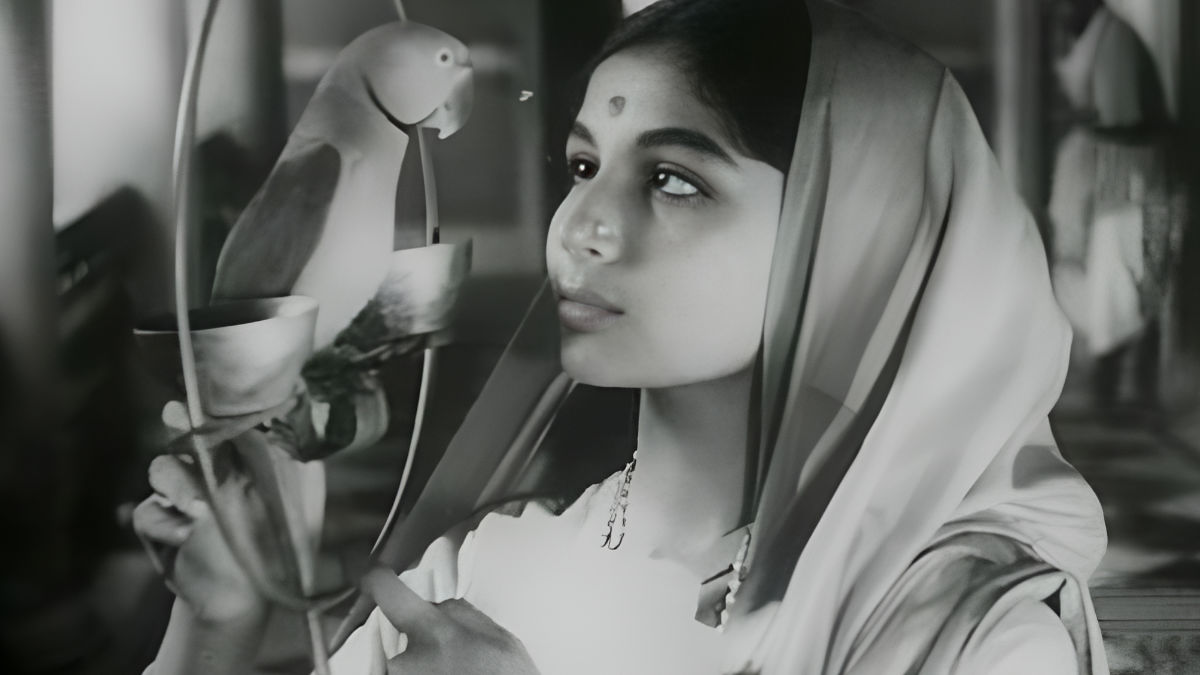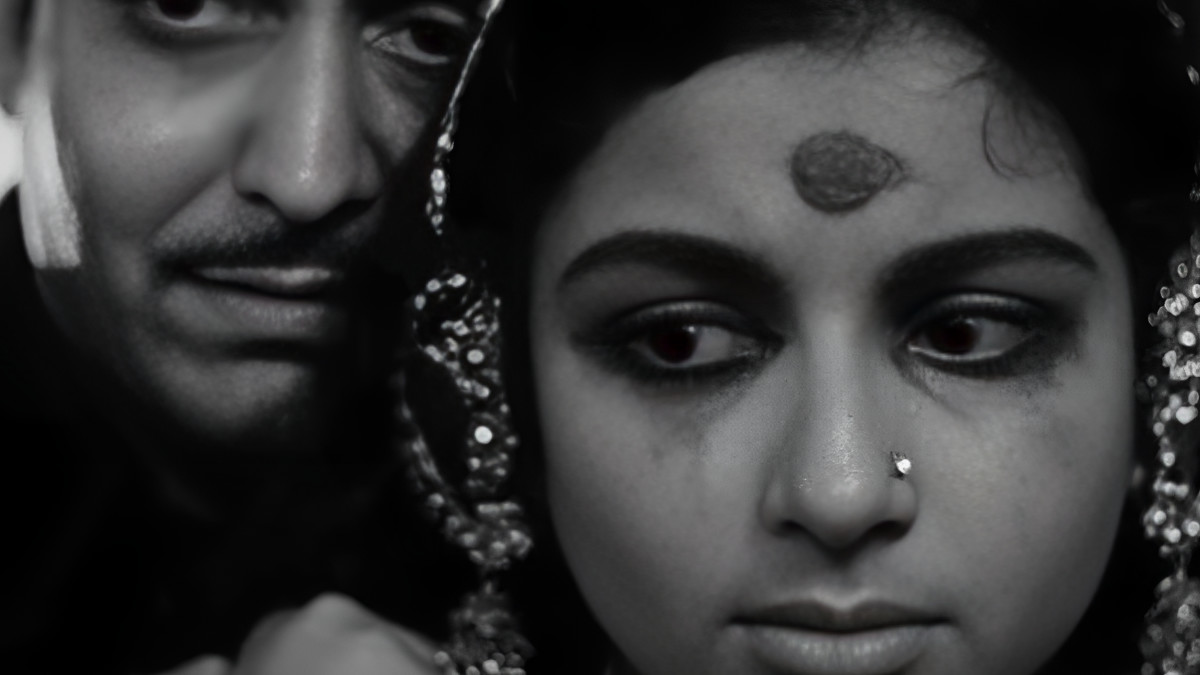In the pantheon of Indian cinema, the partnership between a filmmaker and an actor often becomes as iconic as the films themselves. One such quietly powerful creative relationship existed between Satyajit Ray, the maestro of Indian parallel cinema, and Sharmila Tagore, the actress who evolved from a 14-year-old debutante into one of his most compelling and versatile muses.
A Debut That Changed Everything
The story begins in 1959, when a young Sharmila Tagore was cast by Ray in Apur Sansar, the final chapter of the legendary Apu Trilogy. At just 14, Tagore played Aparna, the spirited yet gentle bride of Apu. Her performance was layered with natural grace, emotional intelligence, and a quiet strength that defied her age. For many, Apur Sansar remains one of the most emotionally resonant love stories in Indian cinema, and much of its impact rests on Tagore’s ability to embody both innocence and maturity in a single frame.
Ray’s decision to cast her wasn’t incidental, it was intuitive. He had a knack for spotting authenticity, and he saw in Tagore a raw, unpolished brilliance that could bring Aparna to life. That instinct proved right: the film became a classic, and Tagore, a national revelation.

From Protégé to Muse
Over the years, Ray and Tagore worked on four films together: Apur Sansar (1959), Devi (1960), Nayak (1966), and Seemabaddha in 1971, where she made a guest appearance. In each, she took on a different challenge, evolving not just as an actor but as a collaborator in Ray’s vision.
In Devi, Tagore portrayed Doyamoyee, a young woman believed to be a goddess incarnate by her father-in-law. It was a role that demanded both restraint and vulnerability, and Tagore delivered a hauntingly powerful performance that captured the psychological cost of blind faith and social control.

By Nayak, her role had matured. She played a confident journalist who interviews a film star (played by Uttam Kumar) on a train journey. Here, Tagore’s character isn’t passive or tragic; she is intelligent, probing, and morally grounded, a departure from the fragile female archetypes of the time. Her chemistry with Uttam Kumar and the quiet tension between the characters created a nuanced, layered dynamic rarely seen on screen.
Also Read: Satyajit Ray: The Timeless Pioneer of Indian Cinema
Why She Was Ray’s Favourite
What made Sharmila Tagore such a vital muse for Ray? It wasn’t just her beauty or talent, it was her intelligence. Ray famously said he preferred actors who could “understand the script as literature,” and Tagore’s literary upbringing, emotional depth, and curiosity made her an ideal collaborator. She was fluent in silence, expressive in restraint, and versatile across themes ranging from social realism to existential introspection.

Moreover, she was unafraid of unconventional roles. Whether it was playing a child bride burdened by myth (Devi) or a morally complex professional (Nayak), she met each challenge with courage and conviction.
